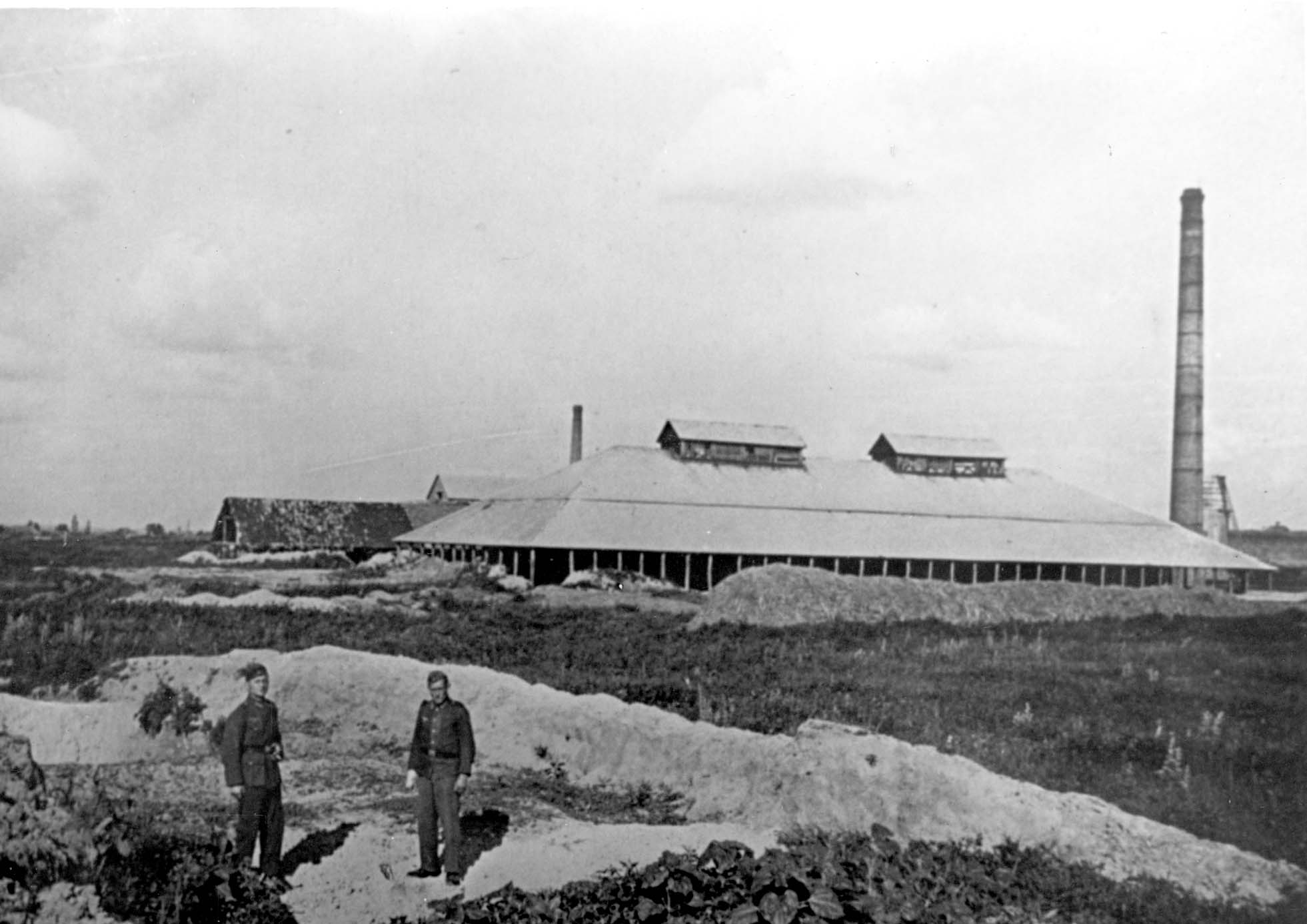
German soldiers at the murder site near the glass factory during the war
YVA, Photo Collection, 503/3250
Glass Factory near Mineralnyye Vody (Gas Vans) Related Communities


The total number of Jews of Mineralnyye Vody murdered at the glass factory was between 200 (according to German sources) and 500 (according to Soviet sources).